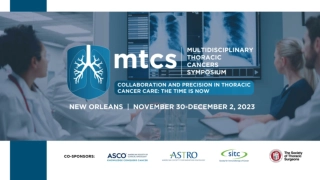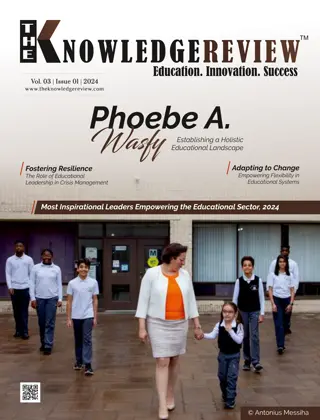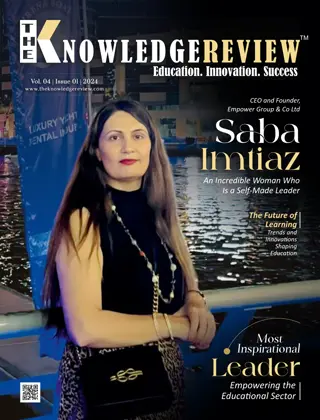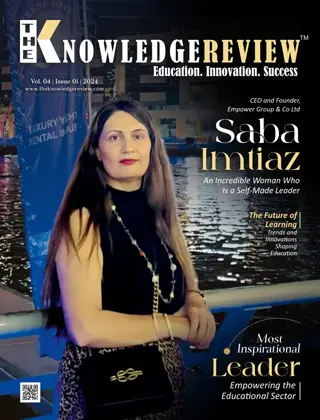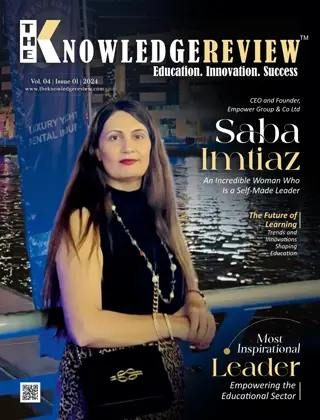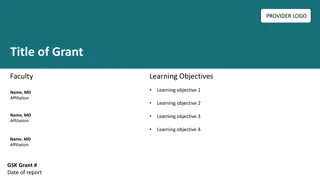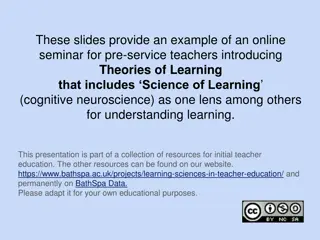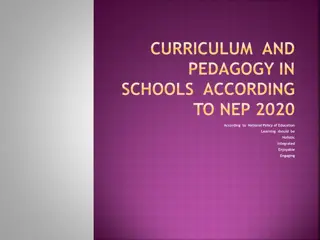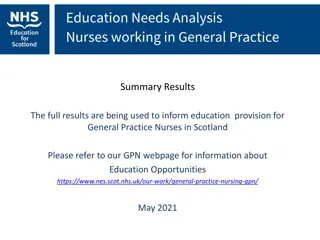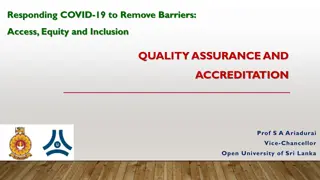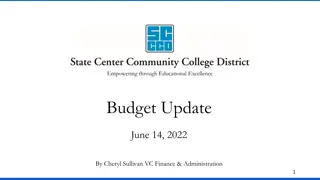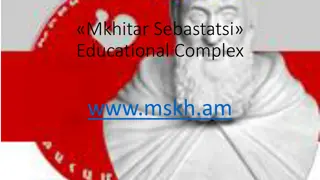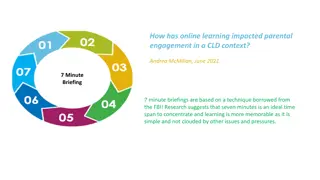Empowering Online Learning in Educational Practice
Creating online learning opportunities for teachers through a Master's in Educational Practice program focused on engaging with students where they are, fostering mentor interactions, and utilizing collaborative learning methods. Challenges include limited face-to-face contact and aligning assessment practices. Emphasis on designing reliable academic content and building a supportive community of practice.
Download Presentation

Please find below an Image/Link to download the presentation.
The content on the website is provided AS IS for your information and personal use only. It may not be sold, licensed, or shared on other websites without obtaining consent from the author. Download presentation by click this link. If you encounter any issues during the download, it is possible that the publisher has removed the file from their server.
E N D
Presentation Transcript
Begin where the Learner is (but where is the learner?). Creating online learning opportunities in the Master s in Educational Practice. { Dr Andrew James Davies, SELL, IEGPD.
Froebel urged the educator to begin where the learner is (cited in Heritage and Bailey, 2006). Figurative challenge to empathise and inhabit the learner s range of competence in order to expand it. Distance, online and blended learning pose a more literal challenge about ensuring meaningful input, interaction and scaffolding between the learner and teacher. A new variation on an older challenge? Fersiwn newydd o hen her?
Open to all eligible new entrants to the teaching profession in Wales between Sep 2012 and Sep 2015. Three cohorts of over 900 students (Years 1, 2 and 3). Blended learning programme delivered through an alliance of Cardiff, Aberystwyth, Bangor and the Institute of Education at UCL. Each MEP student supported in school context by a mentor (experienced practitioner). The Masters in Educational Practice (MEP) Y Meistr Ymarfer Addysgol (MYA)
Learning from Context of Practice MEP Student / Teacher Engagement with Academic Content Mentor Interactions / professional conversations Model of Learning / Pedagogy Model Dysgu ac Addysgeg Interactions with Academic staff
Numbers over 350 students in the first cohort. Limited face-to-face contact with learners. Interactive and collaborative learning? Teachers with a host of different academic backgrounds, interests and practice contexts. Common starting points? Reference points? Time for study: teacher workloads during Induction year and beyond. Accessibility, convenience, professional authenticity and structural legibility. Use of learning technology by teachers, mentors and academic staff. Assessment aligning assessment criteria, procedures practices and cultures . Building a community of practice (Wenger, 1997). General principles of instructional design (Gagne, et al. 2004), such as interactivity, multimodality and consolidation through practice. Creating reliable, authoritative content which can stand up to external scrutiny (Rogers, 2014). Challenges - Heriau
Design and authoring of reliable, authoritative, research-informed online academic content, including engaging, high-quality, multimedia and interactive resources. Development and delivery of training schedule for c.70 highly- experienced MEP teacher-mentors, supporting MEP student NQTs through the modules in situ at schools. Module launch and learning events (at four locations in Wales) and starter activities for between 230 and 350 students. Design and oversight of non-assessed collaborative tasks for asynchronous and synchronous online completion (using discussion boards or Collaborate conferencing software). Co-ordinating academic support tutor teams, drawn from four HEIs. Development of assessment rubric, assessment criteria, and training module assessors from across the HEI alliance. Development of detailed seminar engagement procedures for tutors and mentors to ensure an appropriate level of facilitation, intervention and support online. Project approach to academic development. Ymagwedd prosiect tuag at Datblygu Academaidd
Mentors role crucial: Can help identify insights from practice. Situated knowledge, derived from practice. Mediate the academic content (Kemmis et al. 2014). Explanation of module structure, rationale. Input about effective and appropriate approaches. Clearing house for professional relevance and authenticity. Briefing about the module content opportunities to ask questions. Graduated approach to building capacity and confidence about working within the online learning environment. Mentor Training Hyfforddi Mentoriaid
Module Convenors: oversee the design and delivery of the module (in English and Welsh). Academic tutors (normally 3-4) to support students and mentors at Learning Events, online and in the run up to assessment submission deadlines. Module Lead Assessors (4): one at each HEI. Module Assessors: typically around 10-15 across the HEI alliance, per module. Designated E-Learning Officer for each module. Input of Academic staff Mewnbwn Staff academaidd
Structural Legibility Hwylustod strwythurol
Structural Legibility Hwylustod strwythurol
Navigating Content Llywio trwy gynnwys
The intention of creating a community of inquiry where students are fully engaged in collaboratively constructing meaningful and worthwhile knowledge (Garrison and Vaughan, 2008: 31) The presence of active facilitators online leads to more advanced inquiry than when students discuss alone online (Schrire, 2004). Balance between facilitating and stifling discussion (Hull and Saxon, 2009). Asynchronous Seminars on Discussion Boards Seminarau Anghydamseredig ar Fyrddau Trafod
Use of Collaborate to conduct live webinars Defnydd o Collaborate i gynnal gweminarau byw.
A Community of practice shares an enterprise, has a supporting shared repertoire of concepts, ideas and histories that sustain their joint activity (Wenger, 1998). Criterion-referenced assessment. Marker training. Supportive and transparent Moderation Procedures. Detailed and personalised feedback. Markers undertake early moderation in pairs. Feedback to markers on marking practice by lead assessor. Independent marking of the same 2 scripts Marker Training. Marks collated by Institutional Lead Assessor. Scripts allocated. Second marking of a sample. Assessment - Asesu
https://vimeo.com/73379528 So where is the learner (and how is s/he doing)? Felly, ble mae r dysgwr (a sut mae hi /fe n gwneud)?
Gagne, R., Wager, W., Golas, K., and Keller, J.M., (2004). Principles of Instructional Design. 5th Edition. Cengage. Heritage, M and Bailey, A. L. (2006). Assessing to Teach: An Introduction , Educational Assessment, 11 (3-4), 145-148. Hull D. M. and Saxon, T. F. (2009). Negotiation of meaning and co-construction of knowledge: an experimental analysis of asynchronous online instruction , Computers & Education, 52 (3), 624 639. Kemmis, S., Hannu, L.T.H., Fransson, G., Aspfors, J. (2014). Mentoring of New Teachers as a Contested Space: Supervision, Support and Collaborative Self-Development. Teaching and Teacher Education, 43, 154-164. Rogers. T (2014). Creating Distance Learning Content. Aberystwyth: PAU Staff Development. Schrire, S. (2004). Interaction and cognition in asynchronous computer conferencing , Instructional Science, 32 (6), 475-502. Tillema, H. and Orland-Barak, L. (2006). Constructing knowledge in professional conversations: The role of beliefs on knowledge and knowing , Learning and Instruction, 16 (6), 592 608. Wenger, E (1998). Communities of Practice: Learning, Meaning and Identity. New York and Cambridge: Cambridge University Press. References - Cyfeirnodau
Contact / Cyswllt: ajd2@aber.ac.uk Twitter / Trydar: @andrewjamdavies Diolch.Thanks.




